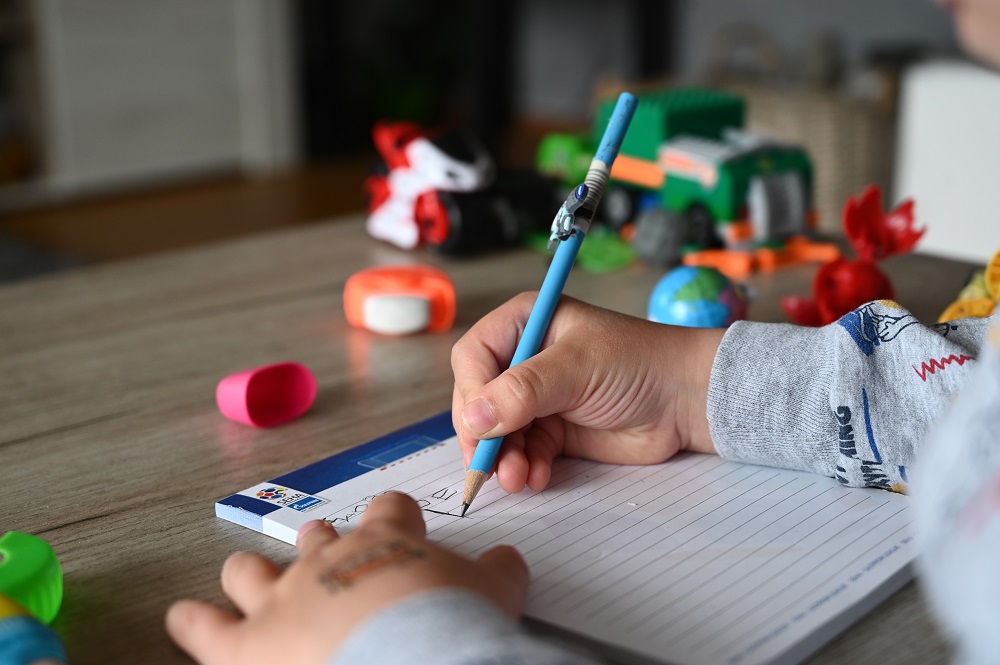
Safe to Learn partners have released a set of recommendations for governments to help prevent and respond to violence against children in different learning environments during the COVID-19 pandemic.
In these recommendations, Safe to Learn partners outline a number of existing challenges, including the fact that right now, many children are not safe to learn at home. Across the world, children are facing physical, sexual and emotional violence, much of which has increased as a result of isolation measures and new socioeconomic pressure. In addition, because of school closures, students are missing out on the social interaction so vital to their growth and development.
Learning from home, whether that be at a family home, inside a refugee camp or within an institutional setting, puts many children at an increased risk of violence. Girls, children with disabilities, and other marginalised children are particularly at risk. Existing inequalities and vulnerabilities will only deepen as a result of the pandemic. In addition, economic pressures and negative impacts of school closures will affect those children already left behind and limit their access to their fundamental right to a safe and inclusive education.
To mitigate these challenges, a series of practical recommendations are provided for governments under three headlines:
- Governments should enable a comprehensive cross-sector response to prevent and respond to violence in and through distance learning environments.
- Governments should take responsibility for ensuring children are “safe to learn at home” – whatever home may look like – and implement plans now to address the short- and long-term impacts the epidemic will have on education systems and student safety.
- Governments should plan for the reopening of schools with student safety in mind.
Read the recommendations here or access other languages like Arabic, French, Spanish and Portuguese below.